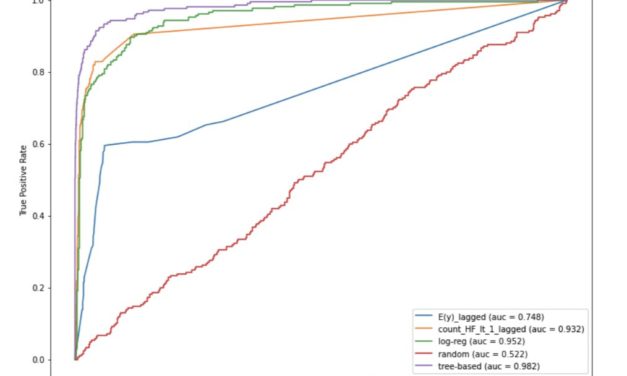Aave taps Pocket Network to beef up decentralized app development
Aave (AAVE), an open source decentralized finance (DeFi) protocol, is teaming up with decentralized Web3 infrastructure provider Pocket Network to offer developers increased scalability and ease of use when building decentralized applications (DApps) on the Aave Protocol.According to the statement on Tuesday, Aave will use Pocket’s distributed network of more than 44,000 nodes to access on-chain data from various blockchains to power decentralized applications. Developers building Aave-powered DApps may now access blockchain data from Pocket Network on demand following the new integration. Michael O’Rourke, CEO of Pocket Network, remarked that:“The goal is to power the next wave of decentralized applications that combine Aave’s best-in-class liquidity market with Pocket’s unrivaled RPC coverage, which now supports 50 blockchains and is well on its way to achieving its goal of 100 blockchains in 2022.”Aave Grants DAO made this agreement possible by providing a Grant for the purchase of the required Pocket Network’s native token POKT for Aave’s frontend traffic. To meet its demands, Aave currently utilizes several Remote Procedure Calls (RPC) from various infrastructure providers. Because these solutions have varying degrees of reliability, they can occasionally become unruly and cause user experience to deteriorate. The new connection with Pocket Network is intended to alleviate these problems by offering Aave a more stable and durable infrastructure solution for its decentralized apps.Related: NEAR developers to get seamless Web3 app deployment with Pocket NetworkAccording to Defi Llama’s analytical data, Aave is the third most valuable protocol in terms of total value locked (TVL) ranking, having a current price of $95.91 and a total value locked (TVL) worth of $6.1 billion as of writing. Aave’s liquidity is derived primarily from Ethereum (ETH) and Polygon (MATIC), as the majority of its operations span multiple blockchains. Pocket Network also offers dedicated RPCs for these networks, lowering latency, improving uptime, and providing optimized multi-chain data services.
Čítaj viac








